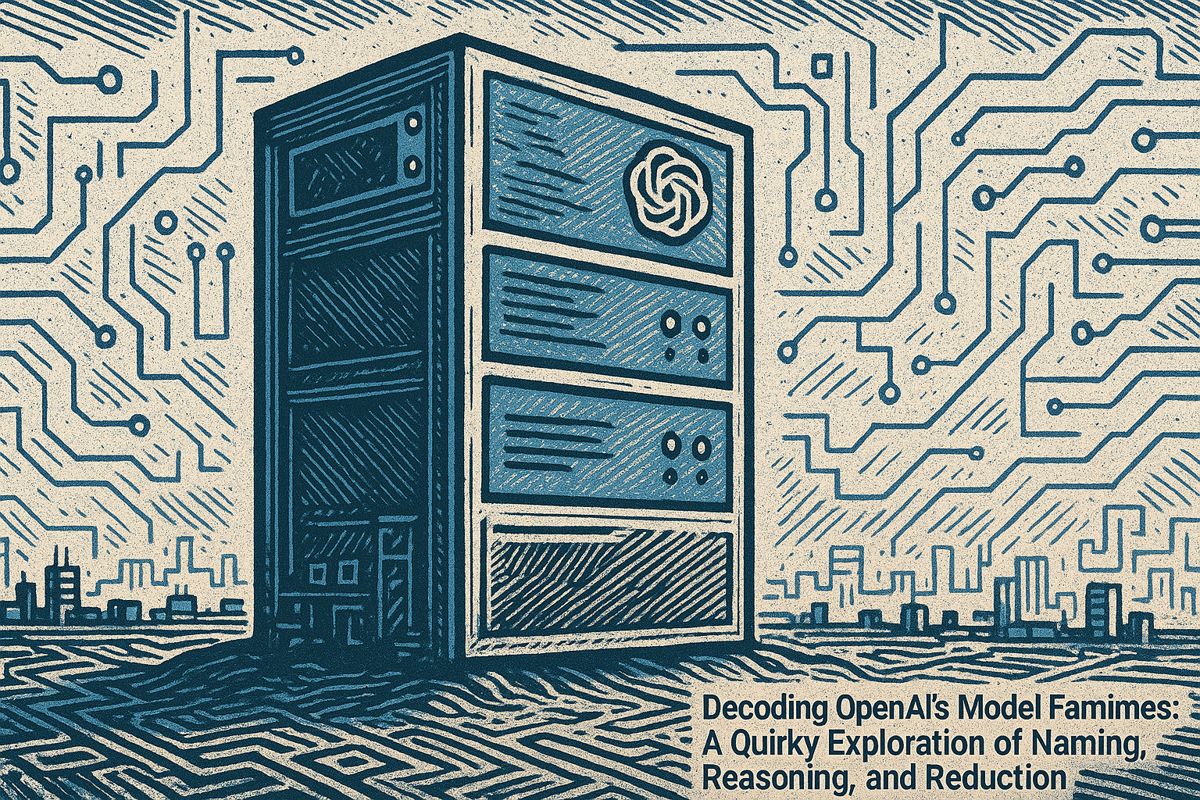Spatial AI is rapidly transitioning from a futuristic concept to a practical enterprise tool, reshaping workflows and delivering measurable productivity gains. Across key sectors like robotics, retail, and knowledge management, AI systems with 3D contextual awareness are revolutionizing how organizations plan, build, and make decisions. This guide explores the pivotal breakthroughs and applications driving spatial intelligence from the lab to the enterprise, offering actionable insights for today’s leaders.
From 2D vision to human-like 3D perception
Spatial AI equips machines with the ability to understand, interpret, and navigate three-dimensional space, mirroring human perception. By fusing data from sensors like LiDAR and cameras, these systems build real-time environmental models, enabling them to anticipate movement, interact with objects, and perform complex physical tasks autonomously.
The evolution from 2D vision to human-like 3D perception marks a significant leap. Early spatial AI systems mapped static environments, but modern models now fuse sensor data in real time, enabling robots to anticipate trajectories and navigate dynamic spaces. According to Impact Lab, this allows systems to “engage with the environment in ways that mirror human spatial awareness.” In manufacturing, this translates to tangible gains, such as a 15% improvement in change-over times as autonomous carts intelligently avoid obstacles without stopping production.
Generative worlds compress design cycles
Generative AI is accelerating design cycles by creating immersive 3D worlds from simple inputs. For example, World Labs’ Marble system can generate a persistent, navigable 3D environment from a single image or text prompt, enabling unprecedented rapid prototyping. Architects can now convert a floor sketch into an interactive model for stakeholder reviews, while retailers can test new product layouts in a virtual store twin, analyzing shopper flow in hours instead of weeks.
Immersive collaboration reshapes teamwork
Spatial intelligence is redefining teamwork through immersive collaboration platforms. These digital environments merge video, depth data, and shared 3D assets, creating a unified workspace for distributed teams. Platforms like NVIDIA Omniverse serve as a backbone for real-time design reviews, reportedly cutting error rates in automotive tooling by 30 percent (SuperAGI). In this new paradigm, knowledge workers interact with virtual project dashboards, where visual cues like heat maps highlight urgent tasks and accelerate issue resolution.
Knowledge maps upgrade enterprise search
Spatial AI is upgrading enterprise search by transforming how organizations manage information. With mapping expertise cited as a top priority for large firms in recent surveys (Reworked), spatial platforms offer a solution by visualizing knowledge assets as interactive 3D networks. This allows users to navigate complex relationships between documents, experts, and projects, with pilot studies showing a reduction in search time by up to 40%.
Sector snapshot
- Healthcare: Spatially aware robots assist in minimally invasive surgeries by precisely holding instruments, enhancing surgeon focus and control.
- Urban Planning: Generative digital twins enable real-time simulation of environmental impacts, such as flooding on new developments.
- Agriculture: Drones equipped with spatial sensors map field-scale soil moisture, enabling precision irrigation and resource optimization.
- Logistics: Autonomous warehouse bots coordinate via shared 3D maps, achieving pick-rate accuracy of over 99.6% and boosting operational efficiency.
Data foundations and open benchmarks
The foundation of effective spatial AI rests on robust data and open benchmarks. Academic conferences like NeurIPS 2024 have emphasized the importance of large-scale, high-fidelity datasets like DrivingDojo and PRISM for training reliable models. Enterprises that build and curate proprietary data – including indoor scans, asset metadata, and motion traces – will secure a significant competitive advantage. To accelerate innovation, forward-thinking leaders are participating in federated data alliances to share anonymized spatial data, fostering ecosystem-wide growth.
What to watch through 2026
Looking ahead, the next evolution in spatial intelligence involves developing sophisticated ‘world models.’ As articulated by Dr. Fei-Fei Li, these models must not only perceive but also reason about and generate coherent 3D environments (Substack essay). Future systems are expected to integrate physics engines with advanced language reasoning, leading to conversational robots capable of complex physical tasks. Businesses that begin piloting spatial AI today will be strategically positioned to adopt these powerful multimodal agents as they transition from research labs to mainstream enterprise applications.


















